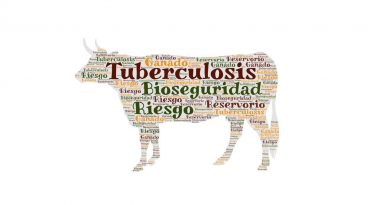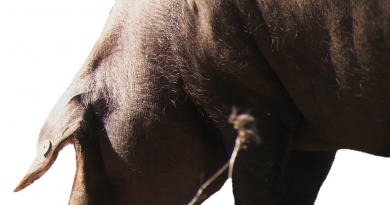Equine viral arteritis: Seroprevalence patterns and risk factors in equids from western Europe
Abstract
Equine viral arteritis is a notifiable infectious disease with sanitary and economic implications at a global scale. A cross-sectional serosurvey was performed to determine the exposure of equids to the Alphaarterivirus equid [Equine Arteritis Virus (EAV)] in three regions in western Europe. Serum samples from 1425 equids (1196 horses, 104 donkeys, and 125 mules/hinnies) from Catalonia (northeastern Spain), Andalusia (southern Spain) and southeastern United Kingdom (UK) were collected during the period 2011–2023. The overall EAV seroprevalence in EAV-unvaccinated equids was 9.7 % (138/1425; 95 %CI: 8.1–11.2 %) using a commercial ELISA test. Seropositivity by study region was higher in Catalonia (15.6 %), followed by Andalusia (8.1 %) and UK (3.3 %). At species level, the prevalence of anti-EAV antibodies was 10.2 % in horses, 7.7 % in donkeys and 6.4 % in mules/hinnies. Among all the variables assessed in the multivariate analyses, only the “study region” was considered a statistically significant risk factor associated with EAV exposure in equids within the study area. The present study constitutes the first large-scale serosurvey of EAV comprising horses, donkeys, and mules/hinnies in Europe, as well as the first detection of EAV seropositivity in mules/hinnies in this continent. Our findings describe a moderate, heterogenous and widespread circulation of EAV in the analysed regions. The circulation of EAV requires the improvement of control measures mainly based on vaccination strategies to effectively reduce the circulation of this virus in equid herds in Europe. Also, the establishment of surveillance programs will be pivotal for the monitoring of EAV in high-risk regions.




